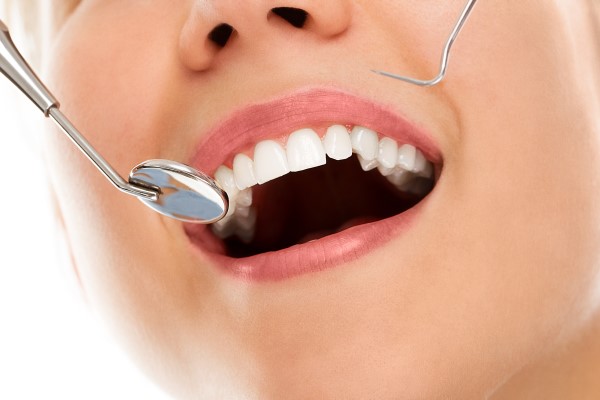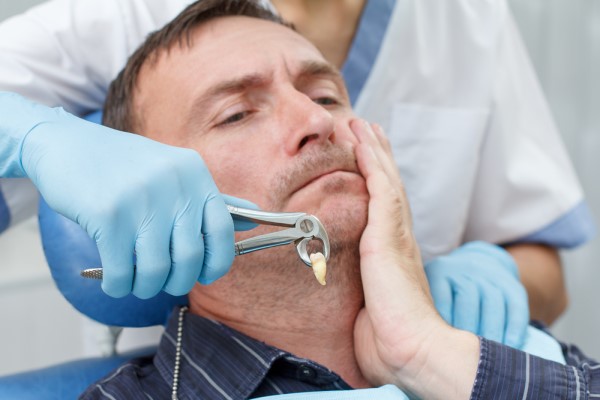Sedation Dentistry: Is it Possible to Relax at the Dentist?

Sedation dentistry can be provided orally, intravenously or through inhalation before and during a dental appointment. It helps a patient to stay relaxed during dental procedures, allowing them to stay calm and comfortable. Sedation dentistry is a great option for those who are scared of the dentist or need to undergo extensive dental procedures.
How sedation dentistry works
The application of oral sedation dentistry is safe for any dental treatment. The dentist will usually provide the patient with a dose of medicine the night ahead of the appointment and another dose the hour before the appointment. In other scenarios, sedation dentistry may be administered immediately before the procedure.
Sedation with nitrous oxide, commonly called nitrous oxide gas, is provided by placing a mask over the patient’s nose. Nitrous oxide keeps the patient relaxed completely at the dental office. After completing the procedure, the dentist will provide pure oxygen to the patient for about five minutes, which counteracts the effects of the gap. It is possible to take nitrous oxide with an oral sedative if necessary.
IV (intravenous) sedation dentistry is often suggested for extensive or potentially painful procedures such as wisdom teeth extraction. The patient will be fully asleep and deeply sedated during the treatment. Patients will not remember anything about the procedure after waking up.
The benefits of sedation dentistry
Sedation dentistry is highly effective for minimizing the pain or discomfort that may be associated with a dental procedure, especially for potentially painful or complex treatments like surgical tooth extraction. The dentist will generally recommend sedation for patients who have:
- High dental anxiety
- Severe gag reflex
- Traumatic dental experience
- Difficulty getting numb
- Teeth sensitivity
- Extensive dental issues
Avoiding the side effects of sedation dentistry
A trained and experienced dental professional administers sedation dentistry. During the process, the dentist will take extra measures to keep the patient fully comfortable and monitor vitals such as blood pressure, oxygen saturation, pulse and breathing rate.
To minimize the risks that are often associated with sedation dentistry, patients must tell the dentist about any current medication they are taking ahead of the procedure. A common issue with sedation dentistry is often related to combining sedative with certain medications.
Finally, since the sedation may take some time to wear off, patients are often advised to arranged their transport home, as well as avoid operating heavy machinery for a few hours after the treatment. Generally speaking, sedation dentistry should not have effects past a day. In the event that there is memory loss or wariness past 24 hours of the procedure, it may be best to consult with the dentist.
In conclusion
The different options available in sedation dentistry have made it possible for patients to undergo certain treatments from the dentist without worries. The sedatives calm the patient and help them relax before and throughout the procedure. There is no need to reschedule a dental appointment out of fear. Talk to the general dentist about sedation options today.
Request an appointment here: https://voguedental.com or call Vogue Dental at (309) 449-8888 for an appointment in our Normal office.
Check out what others are saying about our services on Yelp: Read our Yelp reviews.
Recent Posts
When was your last dental checkup? Read on to learn more about the importance of regular dental care visits. A dental checkup visit with a dentist is a great way to detect the early signs of any oral health concerns and put together a restorative plan (if necessary) before the concerns worsen. Regular dental checkups…
Tooth extraction may become necessary due to damage or decay. The procedure involves removing a tooth entirely from its socket. To remove teeth, dentists use an elevator to loosen them and forceps to remove them entirely. In some cases, dentists may create incisions in the gums for better access. Following the removal, professionals clean and…
At its core, gum disease is an infection that will spread as far as it can, but only if you let it. For this reason, dentists and periodontists recommend prevention and early detection.The infection that is gum disease becomes more challenging to manage the longer that it goes untreated. This explains why severe gum disease…
If you are undergoing a teeth-straightening treatment like Invisalign®, you will likely have to visit your dentist often. Read on to learn about the importance of these visits. Many orthodontic patients believe that they do not need to see their dentist throughout their aligner treatment, but this is simply not true. These periodic dental appointments…


